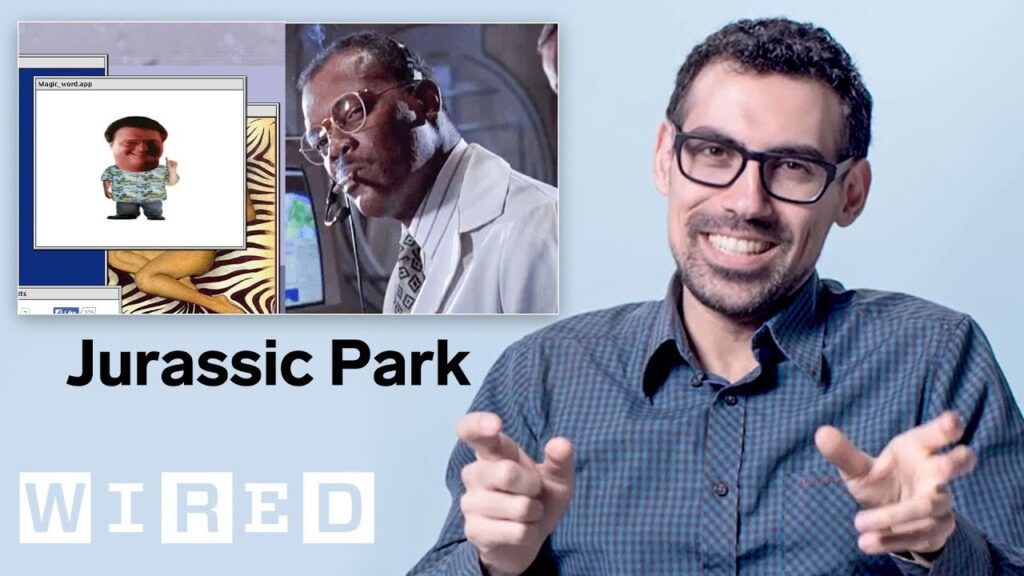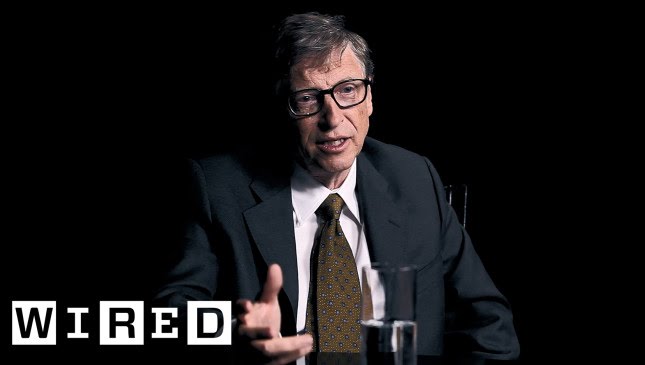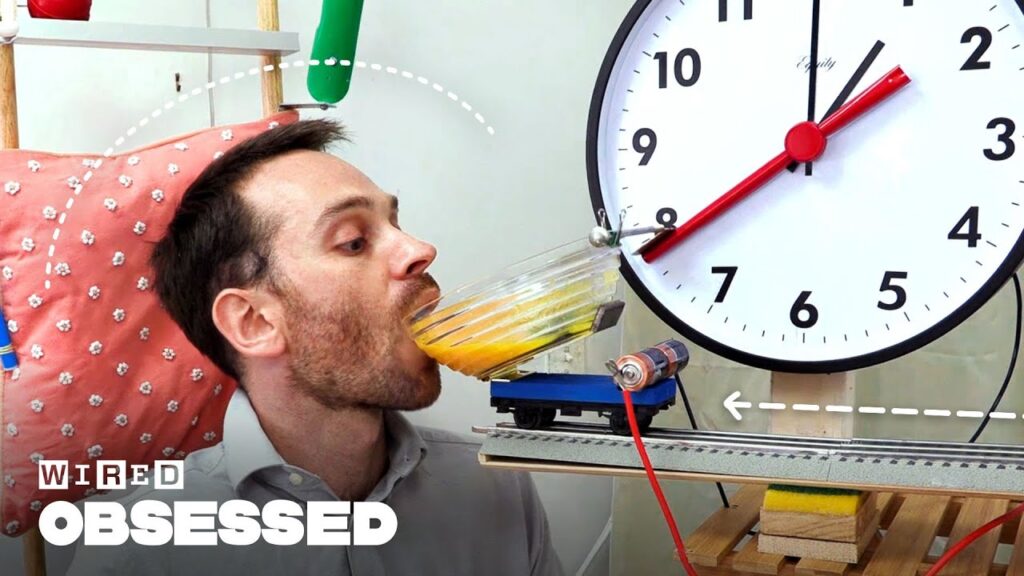The Fascinating World of Chemistry: From Chemical Reactions to Secret Messages
Summary
In this article, we delve into the fascinating world of chemistry and explore various experiments and scientific concepts. We witness a chemical reaction using an Erlenmeyer flask, hydrogen peroxide, dish soap, and potassium iodide. We also discuss the basics of a nuclear reactor, the dangers of a nuclear disaster, and the accuracy of chemistry in movies and TV shows. Additionally, we conduct experiments using liquid nitrogen and hot dogs and reveal the secrets of invisible ink using lemon juice.
Table of Contents
- Chemical Reactions and Nuclear Reactors
- Accuracy of Chemistry in Movies and TV Shows
- Dangers of Toxic Chemicals
- Invisible Ink and Secret Messages
Chemical Reactions and Nuclear Reactors
Chemical reactions are a fundamental aspect of chemistry, and in this section, we witness a fascinating reaction using an Erlenmeyer flask, hydrogen peroxide, dish soap, and potassium iodide. The reaction creates steam and releases oxygen gas, demonstrating the exothermic nature of the reaction.
Moving on, we discuss the basics of a nuclear reactor. We explain the concept of fuel and control rods and how water is used to cool the reactor. We also highlight the dangers of a nuclear disaster and how xenon gas is used to limit reactivity. We use the example of the Chernobyl disaster to illustrate the potential dangers of a nuclear disaster, where the splitting of water into hydrogen and oxygen caused a catastrophic explosion.
Accuracy of Chemistry in Movies and TV Shows
Chemistry plays a significant role in movies and TV shows, but how accurate are these depictions? In this section, we analyze various instances of chemistry in movies and provide expert commentary on their accuracy.
We discuss the use of baking soda and lemon juice to reveal secret messages and the potential dangers of using toxic chemicals in cocktails. We also analyze the use of VX nerve gas and hydrazine in movies and point out inaccuracies in their portrayal. Overall, we conclude that movies often depict chemistry in an exaggerated and unrealistic manner.
Dangers of Toxic Chemicals
Chemistry can be dangerous, and in this section, we discuss the dangers of toxic chemicals. We caution against dangerous practices such as ingesting toxic chemicals and not wearing proper safety equipment. We also explain the dangers of radium and how it was once used in painting dials on clocks.
Invisible Ink and Secret Messages
In this final section, we reveal the secrets of invisible ink using lemon juice. We explain how lemon juice can be used as invisible ink and how it can be revealed using heat or iodine. We also discuss other methods of revealing secret messages, such as using baking soda.
Conclusion
Chemistry is a fascinating subject that has numerous practical applications in our daily lives. From chemical reactions to nuclear reactors, toxic chemicals to secret messages, we have explored various aspects of chemistry in this article. As we conclude, we must always remember to handle chemicals with care and safety in mind.







